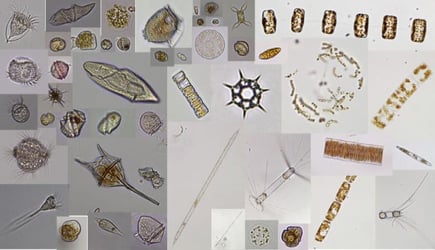
In 2018, a research study was performed by our customers, Dauphin Island Sea Lab, using oyster larvae from the Mobile Bay - Mississippi Sound system …
Read Post

In the Austral Summer of 2018-2019 a Norwegian research group aboard the RV Kronprins Haakon, an ice-breaking polar research vessel, traveled to the …
Read Post







